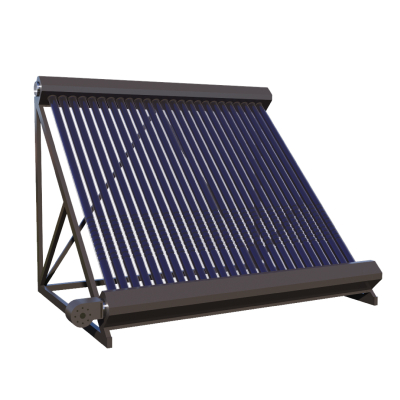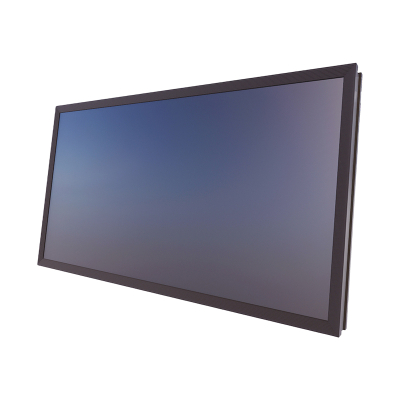How Do PVT Panels Work? The Smart Science Behind Solar Power and Heat Recovery
How Do PVT Panels Work?
The Smart Science Behind Solar Power and Heat Recovery
Most traditional solar panels convert only about 20% of sunlight into electricity. The rest? It's lost as heat — unused and unwanted. Not only is that heat wasted, but it also lowers the efficiency of the panel by causing overheating.
PVT panels, short for Photovoltaic-Thermal panels, offer a smarter solution. They combine electricity generation and heat collection in one integrated design, turning waste into value.
What Is the Working Principle of PVT Panels?
PVT panels function as a hybrid system:
PV cells generate electricity from sunlight
Thermal collectors absorb excess heat
Fluid circulation transfers heat to a tank or heating system
This dual process increases energy utilization to over 80%. Cooling the PV cells also boosts electrical efficiency — for every 1°C drop, output increases by 0.3–0.5%.
What Are the Key Components of a PVT Panel?
A Soletks PVT panel typically includes:
High-efficiency PV cells (e.g., N-type TOPCon)
Transparent glass cover
Thermal absorber plate (copper/stainless steel)
Heat exchanger tubes
Insulation to prevent heat loss
Durable backsheet for weather protection
How Does the Thermal System Help the Electrical Performance?
Without cooling, PV cells may reach 60–70°C, which reduces voltage. PVT solves this by:
Extracting heat
Cooling PV cells
Improving electricity output by up to 15%
The heat is not wasted — it’s recovered and reused.
How Is Heat Transferred in a PVT System?
Soletks panels use plate-tube heat exchangers and high-conductivity materials:
Sunlight heats the surface
Thermal plate absorbs excess heat
Fluid (water or glycol) carries it to a tank or pump
Some models include air-gap insulation or dual layers for even better performance.
How Does PVT Compare to PV + Solar Thermal?
| Feature | Separate PV + Thermal | Soletks PVT |
|---|---|---|
| Space | High (2 systems) | Low (1 system) |
| Installation | Complex | Streamlined |
| Cost | Higher | Lower |
| Maintenance | Two systems | One system |
| Total Efficiency | Separate | 80%+ |
Are PVT Systems Suitable for All Climates?
Yes! In hot climates, thermal collectors cool PV cells. In cold regions, the recovered heat supports space heating or hot water systems — including with heat pumps and seasonal storage.
What Are the Real-World Applications of PVT Panels?
Hotels: electricity + hot water (e.g., Spain, Germany)
Schools: heating for pools, dorms
Sports centers: clean pool heating
Factories: water pre-heating
Off-grid sites: energy independence
PVT panels aren’t just solar + thermal in one — they represent the next level of smart, sustainable energy.
By understanding how they work, you can choose better systems, reduce energy loss, and build for the future. Soletks is here to support your success.




